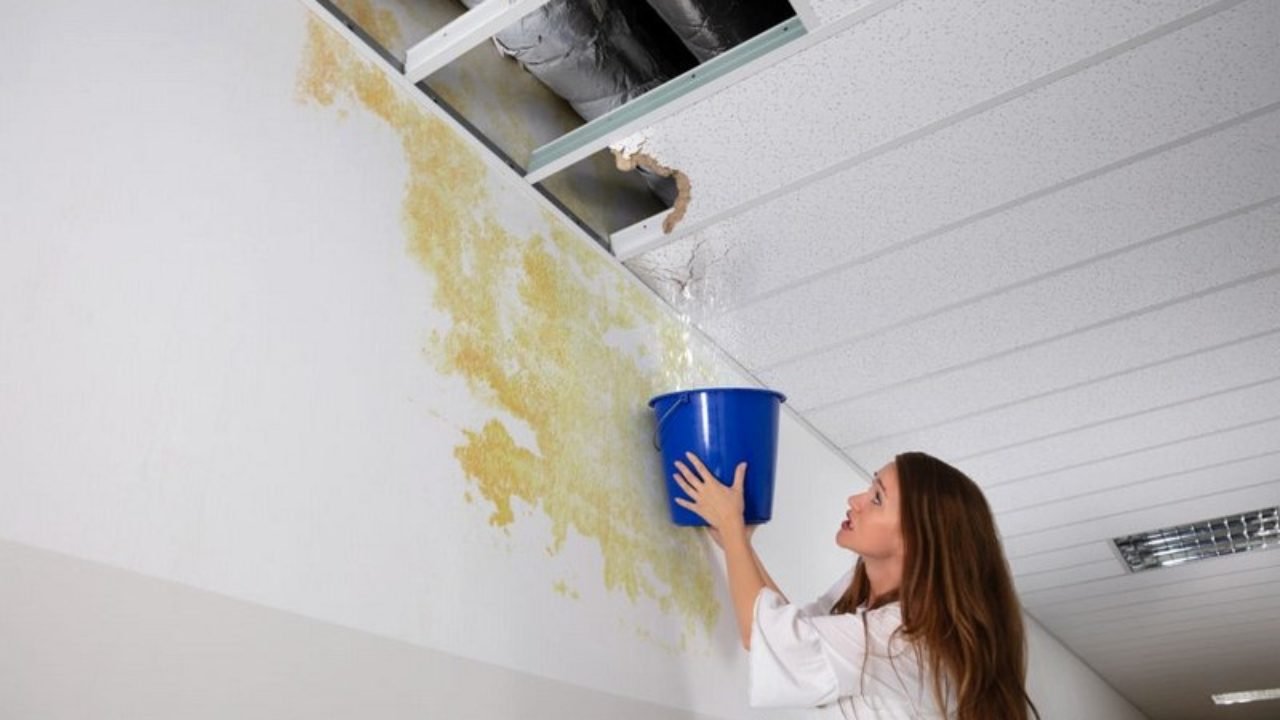Pinpoint What Leads to Water Leaks in Your Home
Pinpoint What Leads to Water Leaks in Your Home
Blog Article
In this article below you'll find a lot of good quality data regarding Top Causes of Home Water Leaks.

Leaks not just trigger waste of water however can likewise create unnecessary damages to your residence and advertise undesirable natural growth. Regrettably, water leaks may go unnoticed considering that the majority of the pipework in our house is concealed. By looking and also recognizing for daily scenarios that create leakages, you can safeguard your home from future leaks and unneeded damages. Today, we will look at 6 leakage creates that may be causing your pipelines to drip.
Instantaneous temperature level changes.
Extreme temperature level modifications in our pipes can create them to broaden and get suddenly. This development and tightening may create fractures in the pipes, specifically if the temperature are listed below freezing.
Rusty water systems
This could be the reason of staining or bending on your water pipes. If our plumbing system is old, take into consideration changing the pipes since they are at a greater threat of rust than the newer designs.
Defective Pipeline Joints
The point at which your pipes attach is often the weakest link in the waterline. Pipeline joints can degrade gradually, causing water leakages. Unfortunately, the majority of pipeline joints are not quickly noticeable. If you have noisy pipelines that make ticking or banging sounds, particularly when the hot water is switched on, your pipe joints are probably under a great deal of pressure. It is suggested to have your plumber evaluate your system yearly.
Elbowing in roots
Most water leakages begin outside the house instead of inside it. If you notice a sudden decrease in water stress, claim in your faucet, take time to go out and examine your yard. You might see damp patches or sinkholes in your backyard, and that might mean that tree roots are getting into water lines creating water to seep out. You can have your plumber look for intrusion, particularly if you have trees or shrubs near your residential or commercial property.
Poor Water Connectors
Sometimes, a leakage can be brought on by loosened pipes and also pipelines that provide your home appliances. More often than not, shifting is what creates the loosened water Links. You may find in the case of a cleaning maker, a tube might spring a leakage as a result of shaking during the spin cycle. In case of a water links leakage, you may discover water running straight from the supply line or puddles around your home appliances.
Blocked Drains
Blocked drains might be frustrating and inconveniencing, however they can sometimes wind up creating an overflow leading to rupture pipelines. Keep getting rid of any type of materials that might go down your drains that can block them to stay clear of such inconveniences.
All the above are root causes of leaks yet not all water leakages arise from plumbing leakages; some leakages may come from roofing leaks. All leaks ought to be repaired instantly to avoid water damages.
Leakages not only cause waste of water yet can additionally trigger unnecessary damages to your house and advertise undesirable natural growth. By recognizing as well as looking for day-to-day scenarios that cause leaks, you can protect your home from future leaks as well as unneeded damages. Today, we will certainly look at six leakage creates that may be causing your pipelines to drip.
At times, a leakage can be triggered by loosened tubes and also pipes that supply your home appliances. In case of a water links leak, you might observe water running straight from the supply line or pools around your devices.
How To Check For Water Leak In Your Home
How To Check for Leaks
The average household's leaks can account for nearly 10,000 gallons of water wasted every year and ten percent of homes have leaks that waste 90 gallons or more per day. Common types of leaks found in the home are worn toilet flappers, dripping faucets, and other leaking valves. These types of leaks are often easy to fix, requiring only a few tools and hardware that can pay for themselves in water savings. Fixing easily corrected household water leaks can save homeowners about 10 percent on their water bills.
To check for leaks in your home, you first need to determine whether you're wasting water and then identify the source of the leak. Here are some tips for finding leaks:
Take a look at your water usage during a colder month, such as January or February. If a family of four exceeds 12,000 gallons per month, there are serious leaks.
Check your water meter before and after a two-hour period when no water is being used. If the meter changes at all, you probably have a leak.
Identify toilet leaks by placing a drop of food coloring in the toilet tank. If any color shows up in the bowl after 10 minutes, you have a leak. (Be sure to flush immediately after the experiment to avoid staining the tank.)
Examine faucet gaskets and pipe fittings for any water on the outside of the pipe to check for surface leaks.
Undetected water leaks can happen without the home or business owner even realizing. If you suspect a water leak, but not able to find the source. It is time to contact a professional water leak detection service, The Leak Doctor.
How To Find a Water Leak In Your Home
https://www.leakdoctor.com/blog/How-To-Check-For-Water-Leak-In-Your-Home_AE197.html

As an enthusiastic reader on How to detect water leaks in your home, I think sharing that piece of content was really helpful. Sharing is caring. Helping people is fun. Thanks a lot for your time invested reading it.
Get An Estimate Report this page